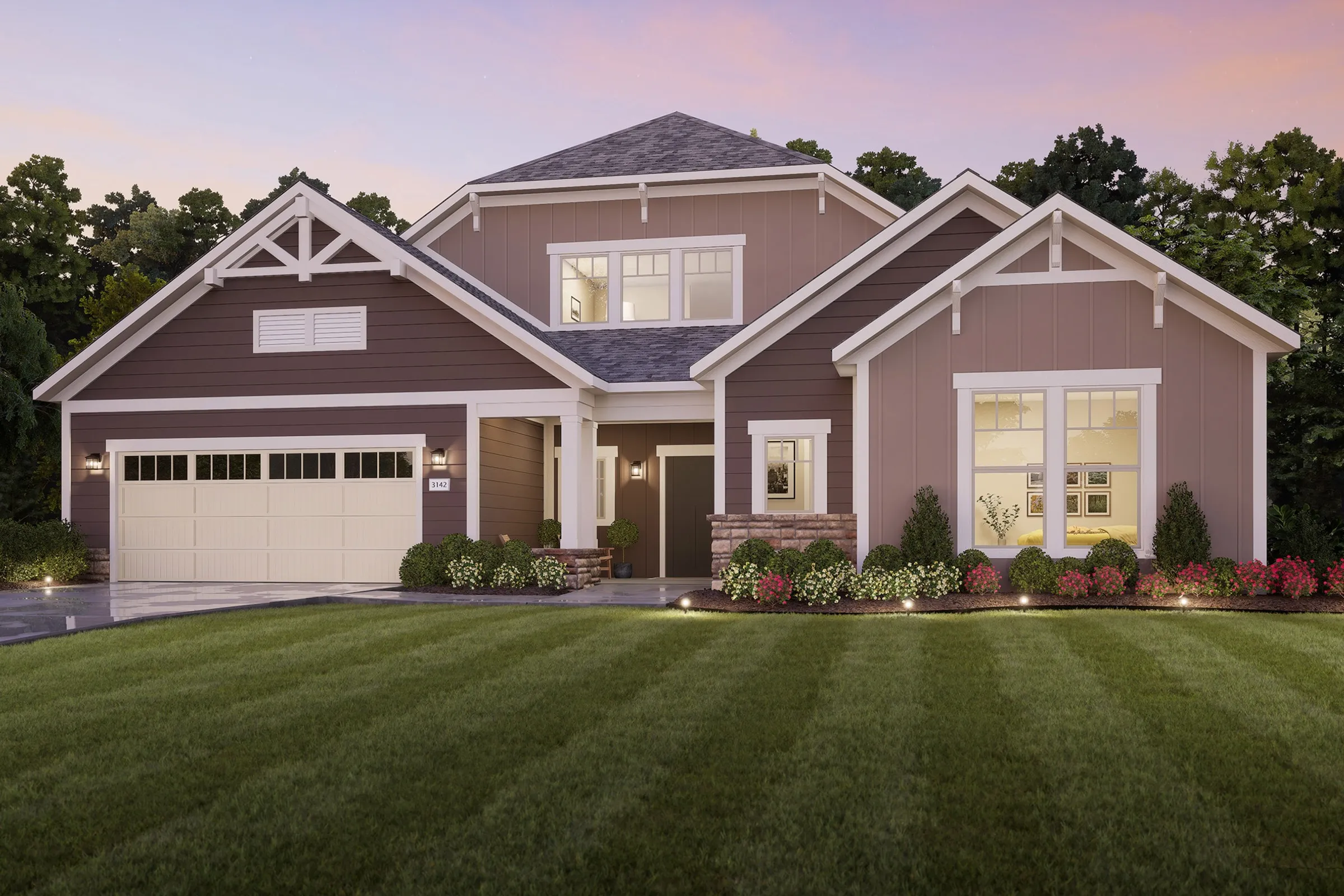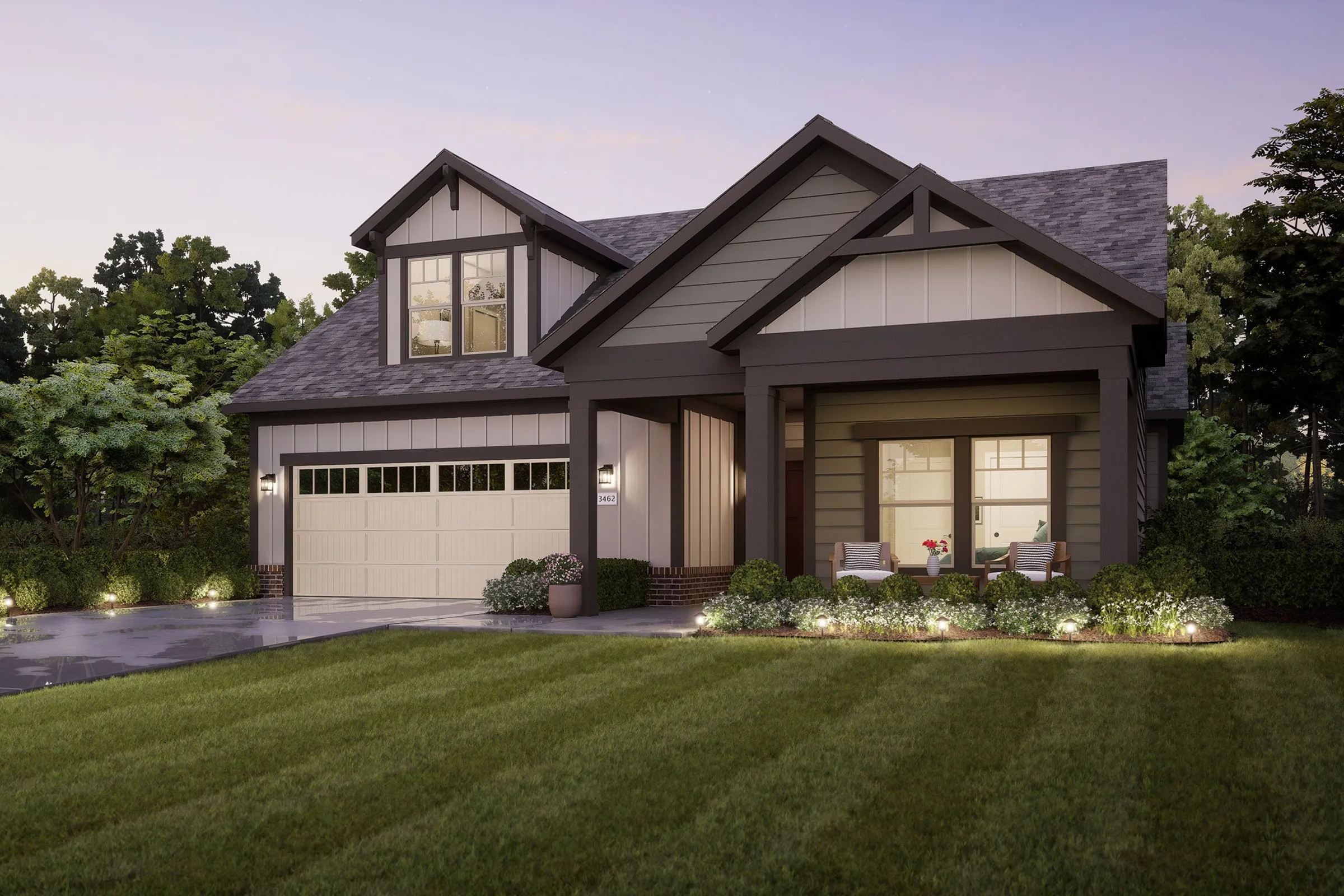The Craftsman Home Style Continues to Flourish and Evolve

The timeless appeal of the Craftsman home style has continued to flourish and evolve in the U.S. since the early 1900s. Craftsman-style homes quickly spread from California to the rest of the West Coast, and it wasn’t long until they appeared in the Midwest and East Coast. They are still being built in many areas of the U.S. and design elements from the early Craftsman homes are often used in modern home design.
A Brief History of Craftsman-Style Homes and Architecture
The Craftsman-style home, an architectural tradition rooted in the Arts and Crafts movement of the late 19th and early 20th centuries, has been a beloved staple of American residential design for over a century. Originating as a reaction to the mass production of ornate Victorian architecture during the Industrial Revolution, the Craftsman style focused on hand-crafted quality, natural materials, and simplicity. Influential designers like furniture maker Gustav Stickley championed this aesthetic, drawing inspiration from the natural world and traditional craftsmanship.
Original Craftsman homes are easily recognized by their distinctive features: low-pitched gabled roofs, wide eaves with exposed rafters, decorative beams or braces under gables, and inviting front porches with thick square or round columns. The interiors are equally charming, often showcasing built-in furniture, large fireplaces, and extensive use of wood for trim and wainscoting.
Evolution of the Craftsman Style
Over the decades, the Craftsman style has evolved, adapting to changing tastes and needs while maintaining its core principles. Mid-century modern interpretations brought a sleeker, more minimalistic approach, yet the emphasis on quality materials and craftsmanship remained. In recent years, the style has experienced a resurgence, blending traditional elements with contemporary design features to create homes that are both nostalgic and modern.
Modern Craftsman homes often integrate open floor plan designs with large windows and eco-friendly materials. The warmth and charm of classic Craftsman elements merged with the conveniences and aesthetics of contemporary living have kept the Craftsman-style homes relevant and appealing to new generations of homeowners.
Modern Applications of Craftsman Design
Today, elements of the Craftsman style are prevalent in various aspects of modern home design. From custom-built homes to urban infill projects, the influence of Craftsman architecture can be seen in the emphasis on natural light, functional layouts, and detailed woodwork. Modern interpretations may include updated kitchens and bathrooms, smart home technologies, and energy-efficient features, all while preserving the distinctive Craftsman charm.

Epcon Communities
By honoring the rich history of Craftsman architecture and incorporating contemporary innovations, Epcon Communities offers homes that are both timeless and forward-thinking. Our Craftsman elevation homes are a testament to the enduring appeal and adaptability of the Craftsman style, providing the perfect balance of tradition and modernity.
Epcon Communities offers floor plans ranging from 1,300 to over 3,000 square feet with 2-4 bedrooms, desirable structural and personalization options and plenty of light from large windows. Most of our floor plans include an available Craftsman elevation, showcasing how timeless design principles can harmonize with contemporary living.
Epcon Communities' commitment to blending classic architectural styles with modern conveniences ensures that the Craftsman home style will continue to flourish and evolve, delighting homeowners for generations to come.
Our communities are available in popular locations throughout the country, and many of them offer resort-style amenities with lawn care and snow removal included through the HOA. We call this our low-maintenance lifestyle, which allows you to spend more quality time with your family and friends doing what you love.
Contact us to learn more about homes and communities and how we make it easy for you to find the perfect fit for your lifestyle.
